The Gothic mood is not limited to architecture and interiors; it also extends to landscapes. Nature, with its shadows, silences, and vastness, has always been a central character in Gothic imagination. Fog drifting across a valley, forests thick with trees, paths that vanish into wilderness—these natural settings carry their own aesthetic. They haunt not through horror, but through mystery, intimacy, and beauty.
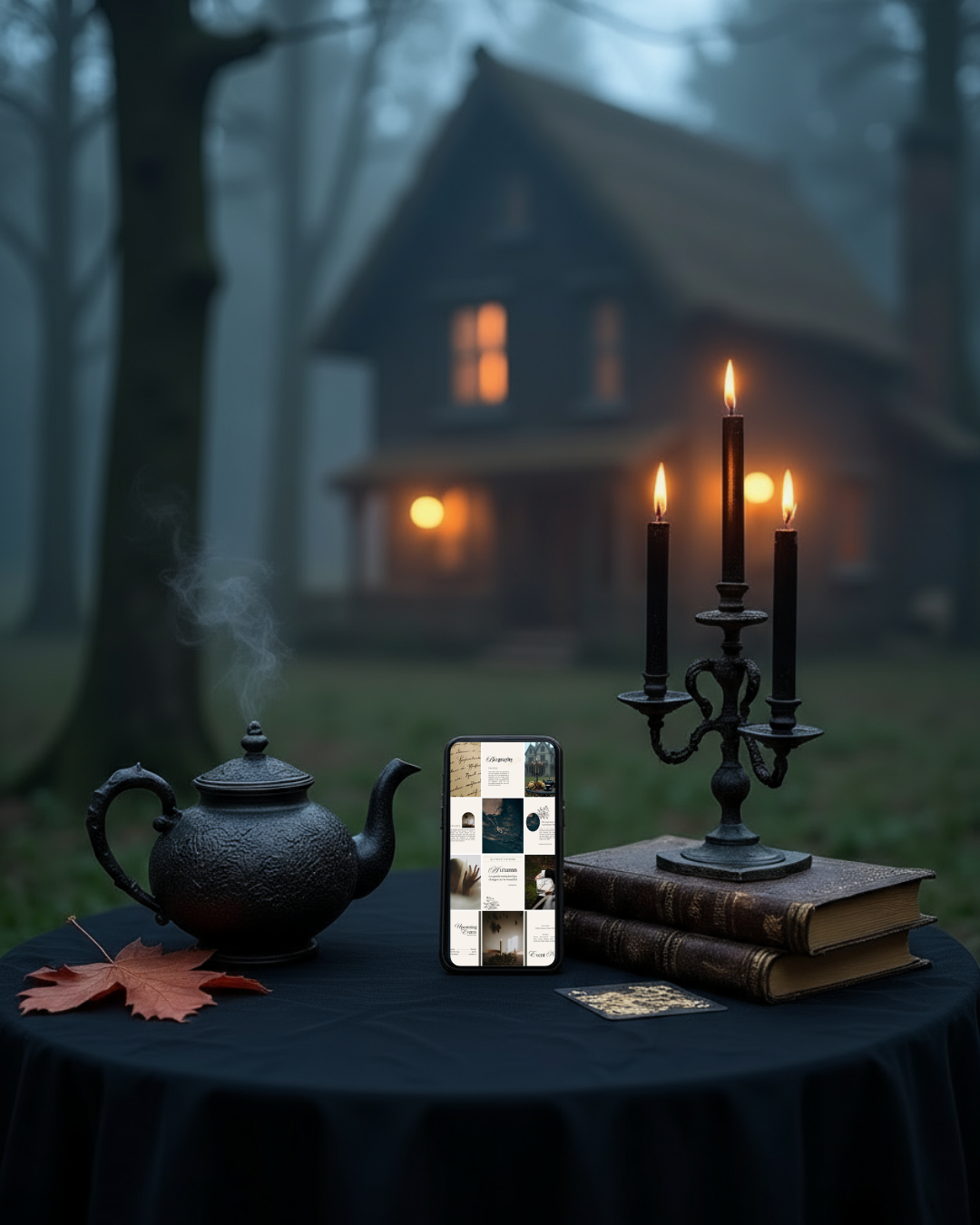
When we think of gothic visuals today—mist rising over a field, a lone tree silhouetted against twilight, a winding path into a forest—we are responding to this natural haunting. It is not the fear of being lost in the woods, but the thrill of stepping into the unknown. It is the pleasure of being wrapped in fog, of feeling the world softening around you.
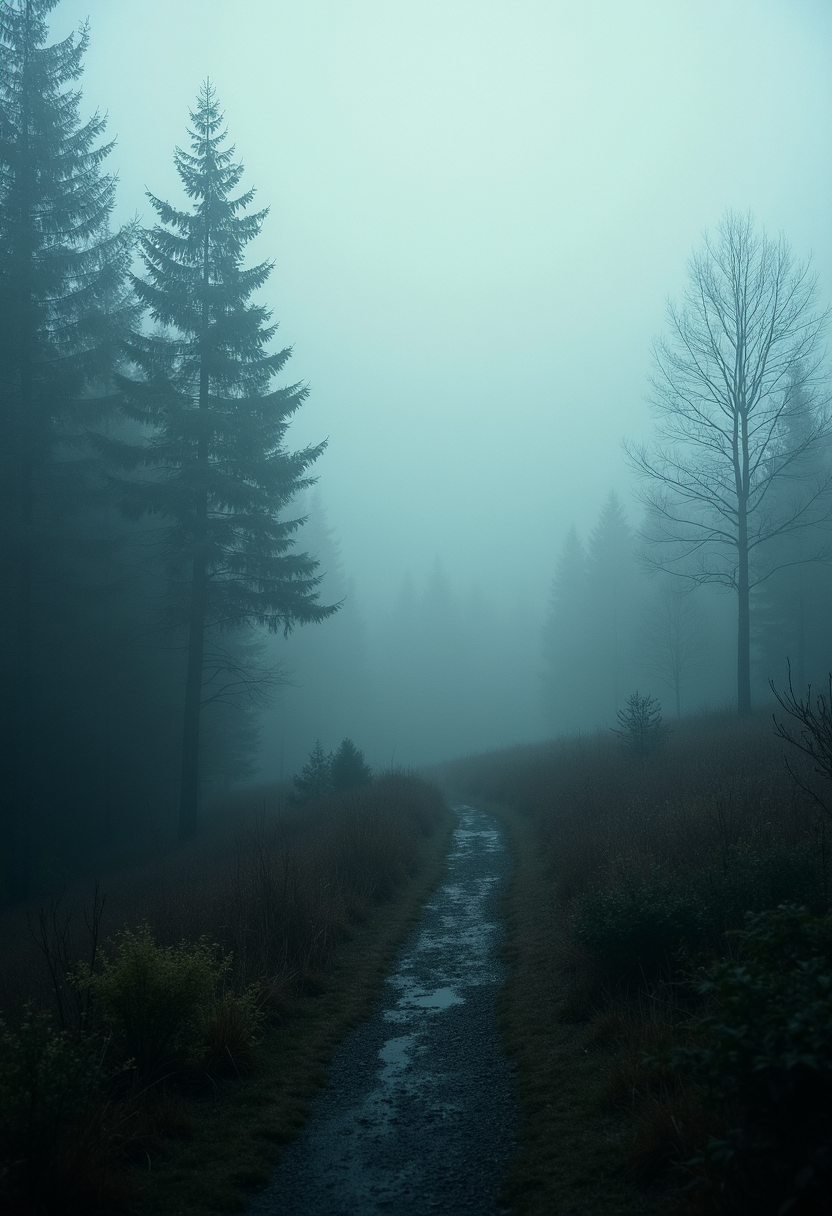
Fog as an Aesthetic
Fog has long been one of the most evocative elements of gothic nature. It obscures, blurs, and transforms the familiar into something mysterious. A church tower in fog appears older, a street lamp looks lonelier, and a graveyard looks timeless.
The Victorians adored fog imagery—London fog became iconic in art and literature. Writers like Dickens used it to suggest both gloom and mystery, while painters found in it a palette of silver and shadow. Fog gave aesthetic to the everyday, turning ordinary walks into dreamlike experiences.
Even today, fog is one of the most photographed elements of Gothic aesthetics online. It softens colours, flattens perspective, and makes the world feel like a painting. It is gentle, not frightening—an aesthetic veil that invites reflection.
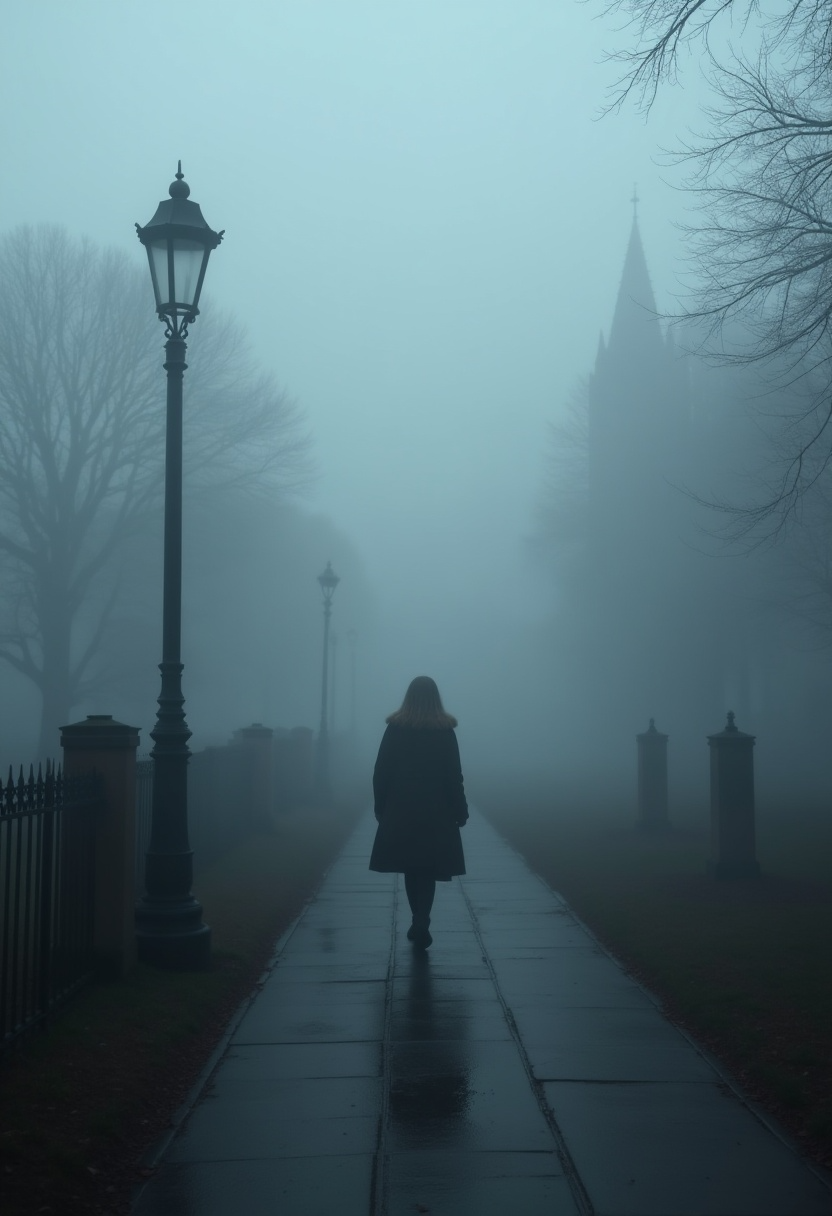
Forests and the Gothic Wilderness
Forests, too, have always been central to Gothic imagination. In folklore, they are places of enchantment—where witches live, where fairytales unfold, where the ordinary world gives way to the extraordinary. In gothic literature, forests are liminal spaces, thresholds between safety and danger, civilization and wilderness.
However, while some traditions emphasize fear, Gothic coziness often embraces forests for their aesthetic qualities. A path covered in autumn leaves, a clearing lit by moonlight, a canopy filtering sunlight into golden shafts—these details are less about terror and more about wonder. The forest becomes a cathedral of nature, filled with shadow and mystery.
The gothic wilderness is not hostile; it is alluring. It asks us to step in, to lose ourselves, to imagine stories waiting in its quiet. This is why forest imagery is so prevalent in gothic-inspired mood boards: it symbolizes both escape and enchantment.
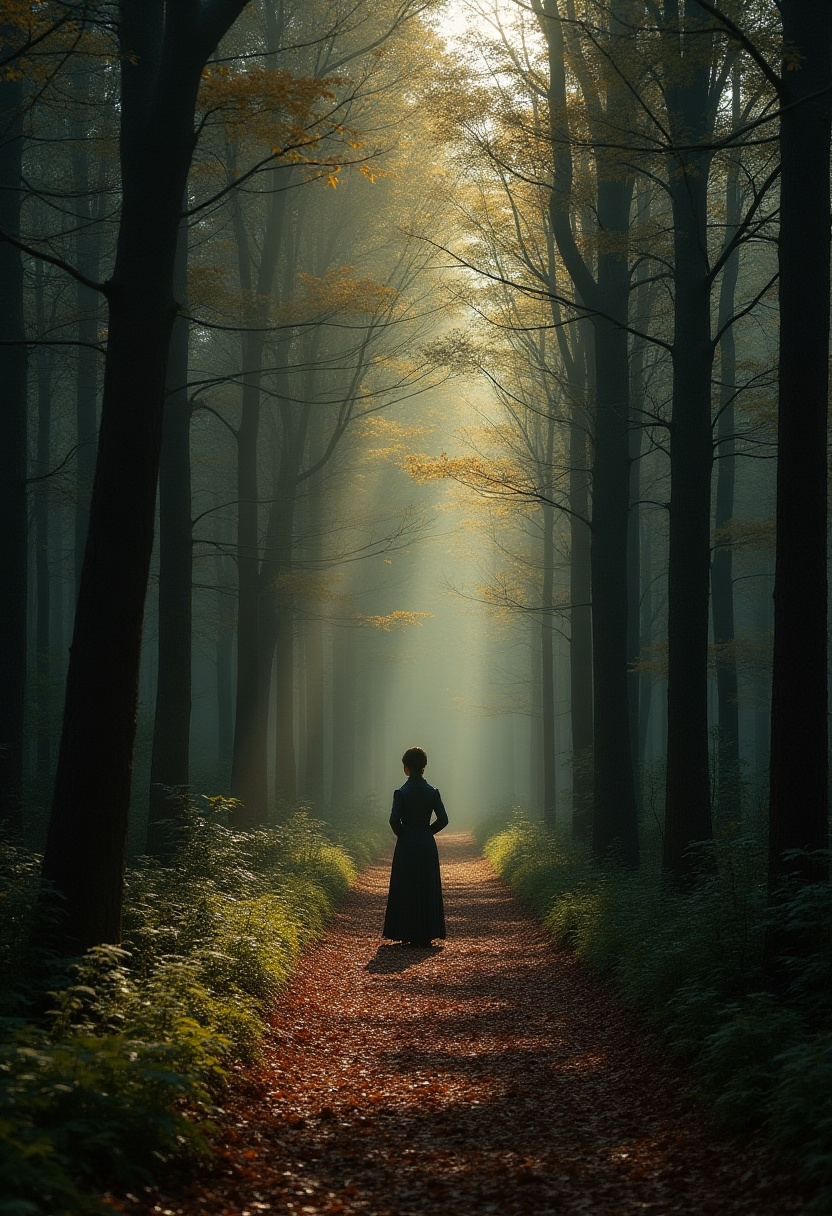
The Romantic Landscape
The Romantic poets understood nature as an emotional force. Wordsworth, Shelley, and Byron wrote of landscapes that stirred awe, melancholy, and reflection. Ruins were poetic, but so too were mountain valleys, stormy seas, and windswept moors. The Victorians inherited this sensibility and infused it into their aesthetics.
This is why gothic imagery often includes landscapes without human presence: a castle silhouetted against storm clouds, a moor covered in mist, a shoreline at twilight. These images evoke a sense of vastness, solitude, and timelessness. They are backdrops for imagination, aesthetics to inhabit.
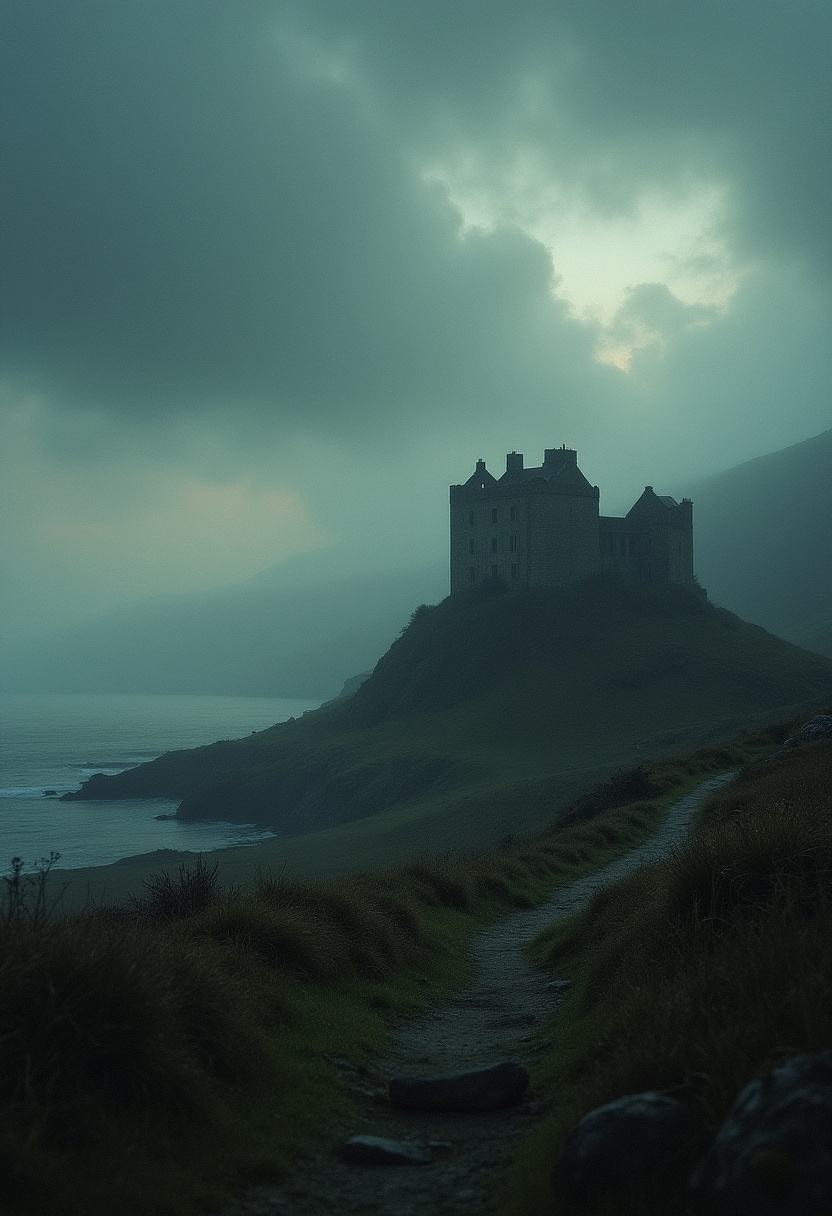
Seasonal Wilderness
Autumn deepens nature’s gothic qualities. Leaves turn crimson and gold, forests glow in warm light, and evenings draw in earlier. Fog gathers, and mornings feel hushed. The wilderness becomes theatrical, every walk a stage set for aesthetics.
For this reason, autumn landscapes dominate Gothic aesthetics online. A foggy path through woods, a leaf-strewn cemetery, a castle framed by bare branches—these images recur because they resonate. They remind us that nature itself provides the gothic palette, one season after another.
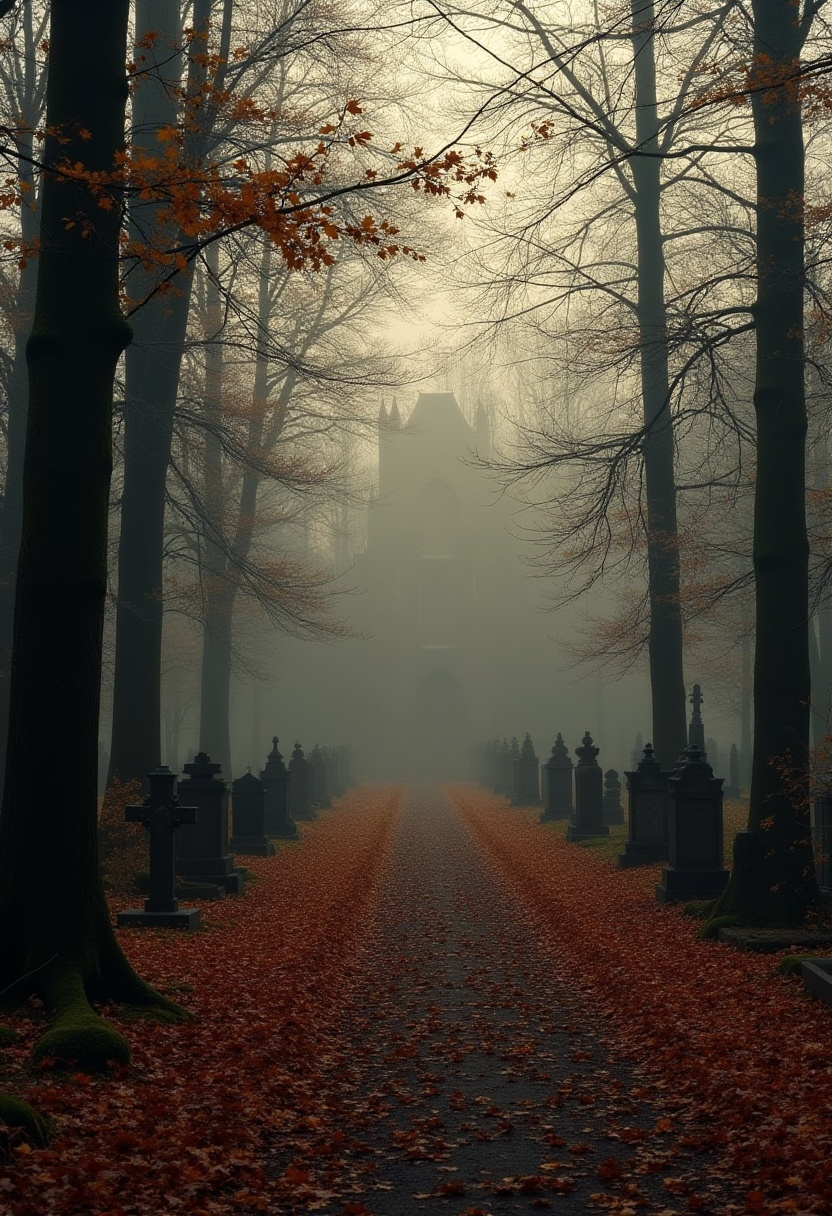
The Haunting of Beauty
Nature haunts us not because it terrifies, but because it lingers. A foggy morning stays in memory. A walk through an ivy-framed forest feels timeless. A view of stone ruins against twilight settles into the imagination long after we leave.
This haunting is not unwelcome. It is gentle, cozy, and deeply human. We are haunted by nature in the sense that we carry it with us: the smell of wet leaves, the sight of mist over fields, the sound of wind through branches. These are sensory memories that shape our moods and our aesthetics.
In this sense, nature is not only a backdrop for Gothic aesthetics but a co-creator. Castles and cemeteries matter, but without fog, ivy, and forest, they would not hold the same power. The gothic wilderness softens our architecture, fills our rituals, and reminds us that mystery is as natural as it is cultural.
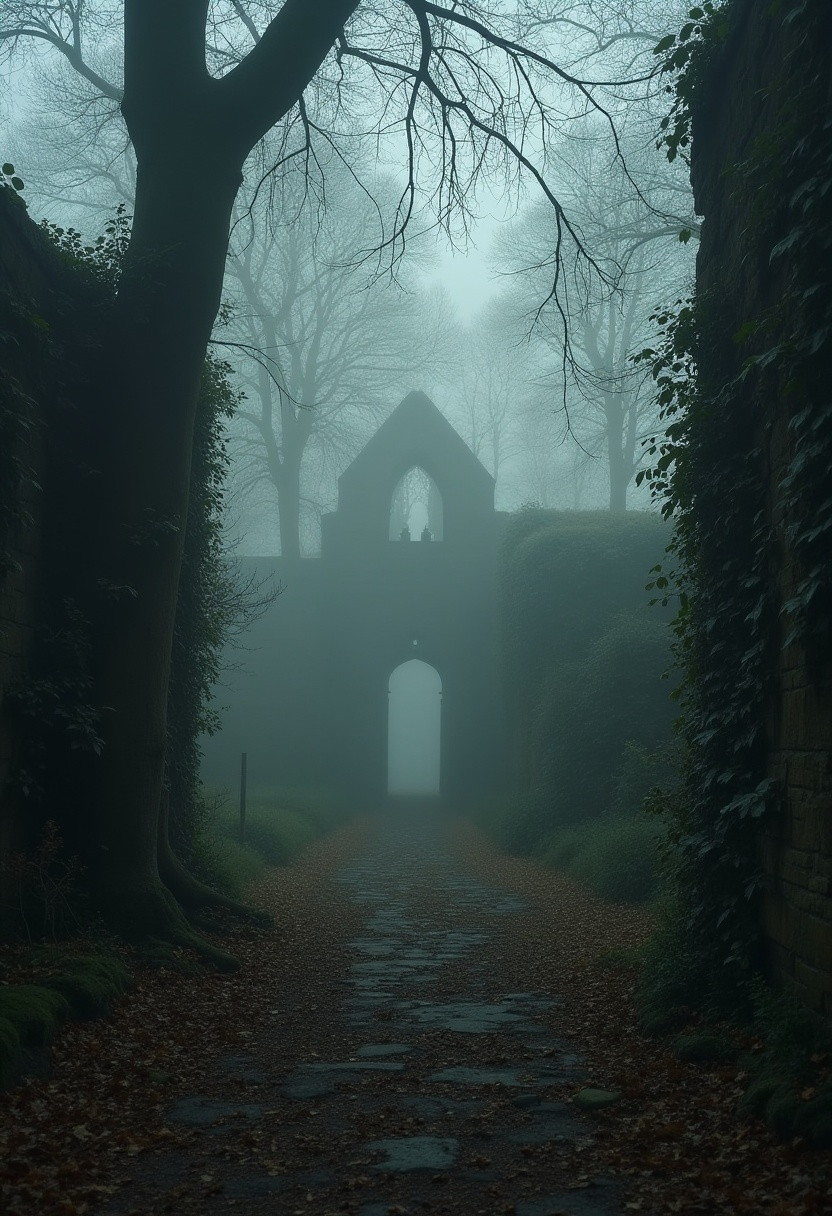
Nature’s Place in the Gothic Imagination
When we admire foggy landscapes online, when we decorate with branches, or when we walk in the woods on an autumn evening, we are continuing this tradition. We are letting nature haunt us most gently.
The gothic is not just built of stone; it is woven of shadow, weather, and wilderness. It is ivy creeping across walls, fog blurring the horizon, forests enclosing us in quiet. It is the reminder that aesthetics begins outdoors, in the world itself, long before it enters our parlours and our imaginations.
